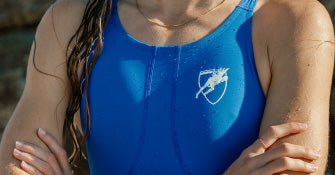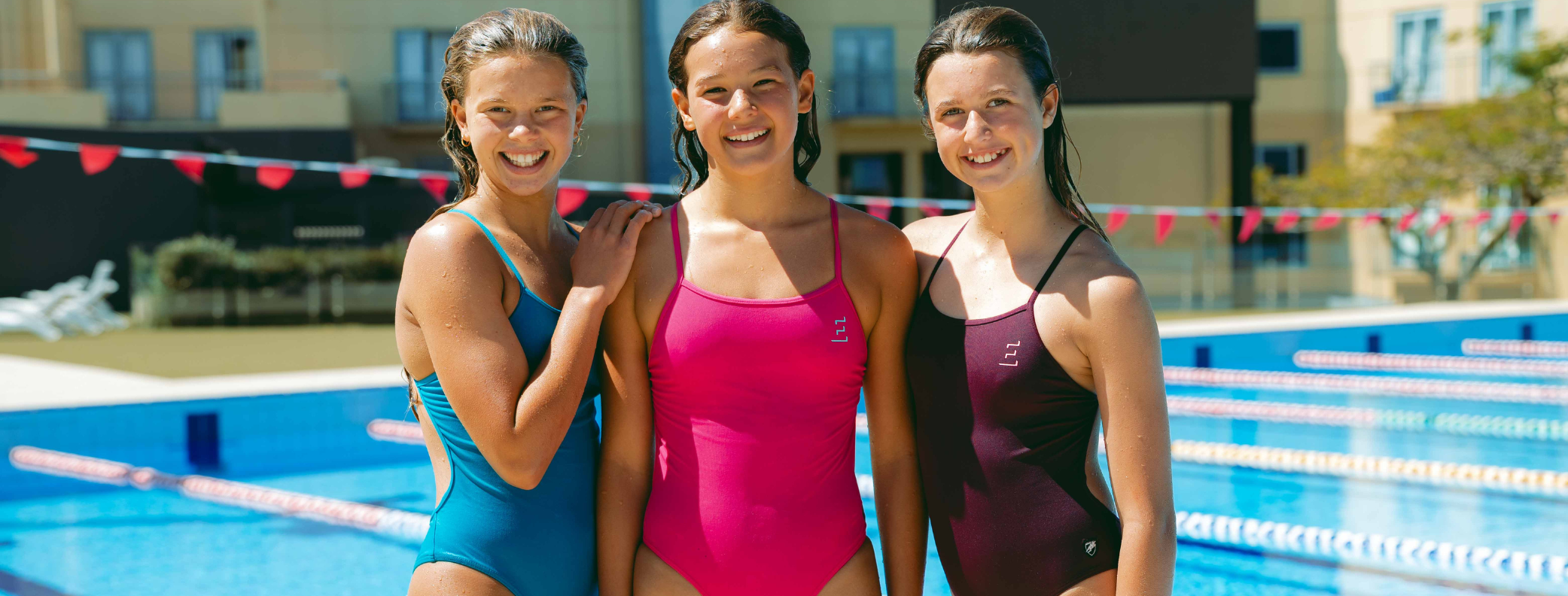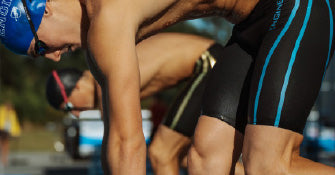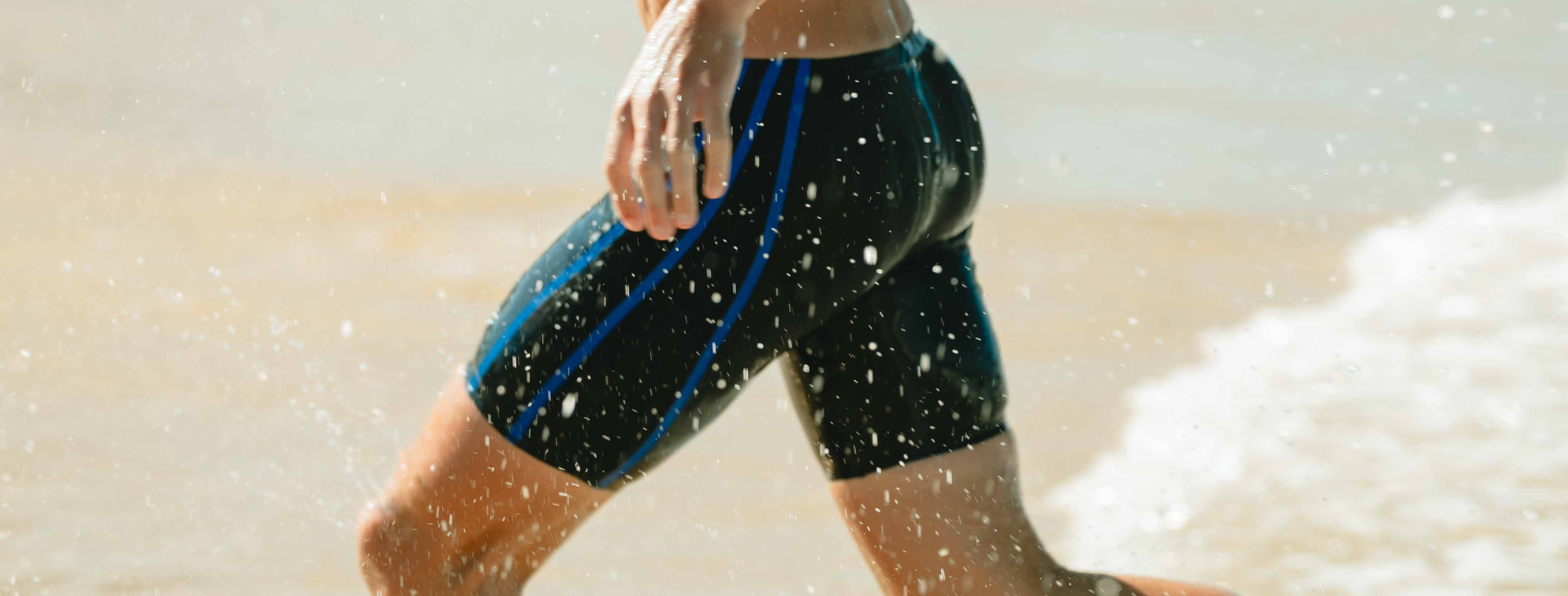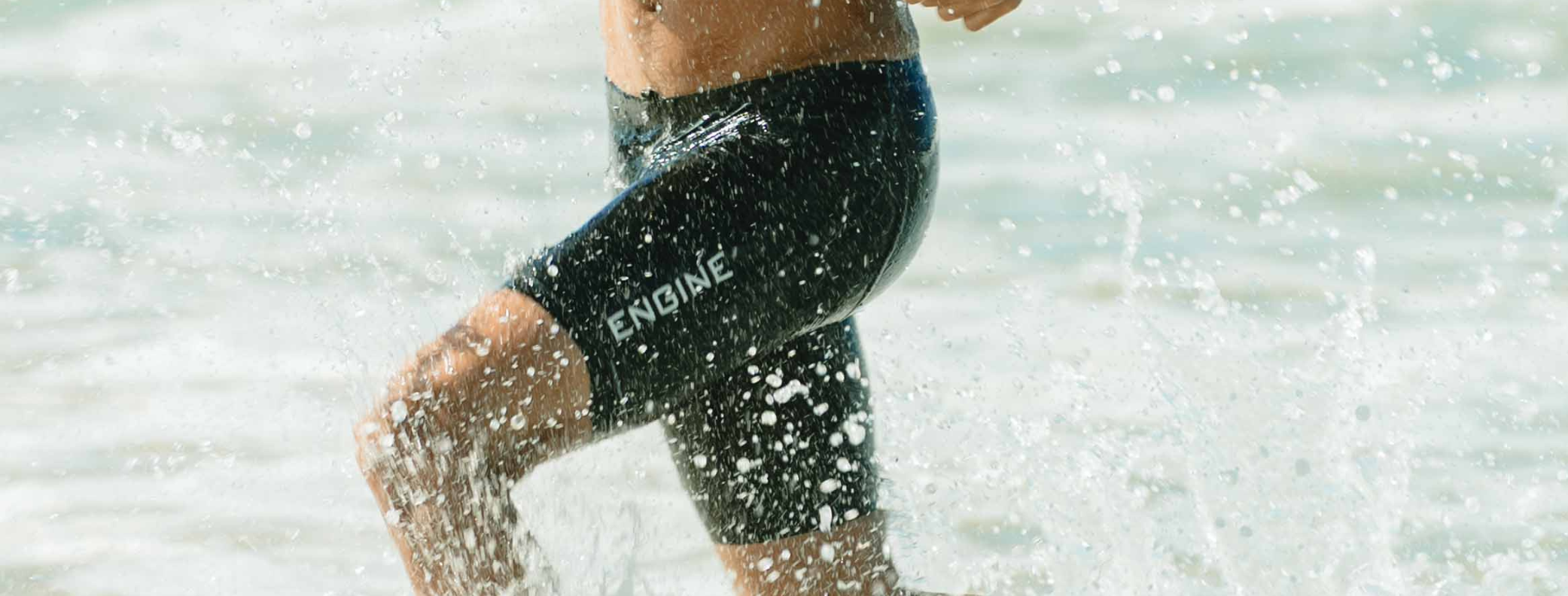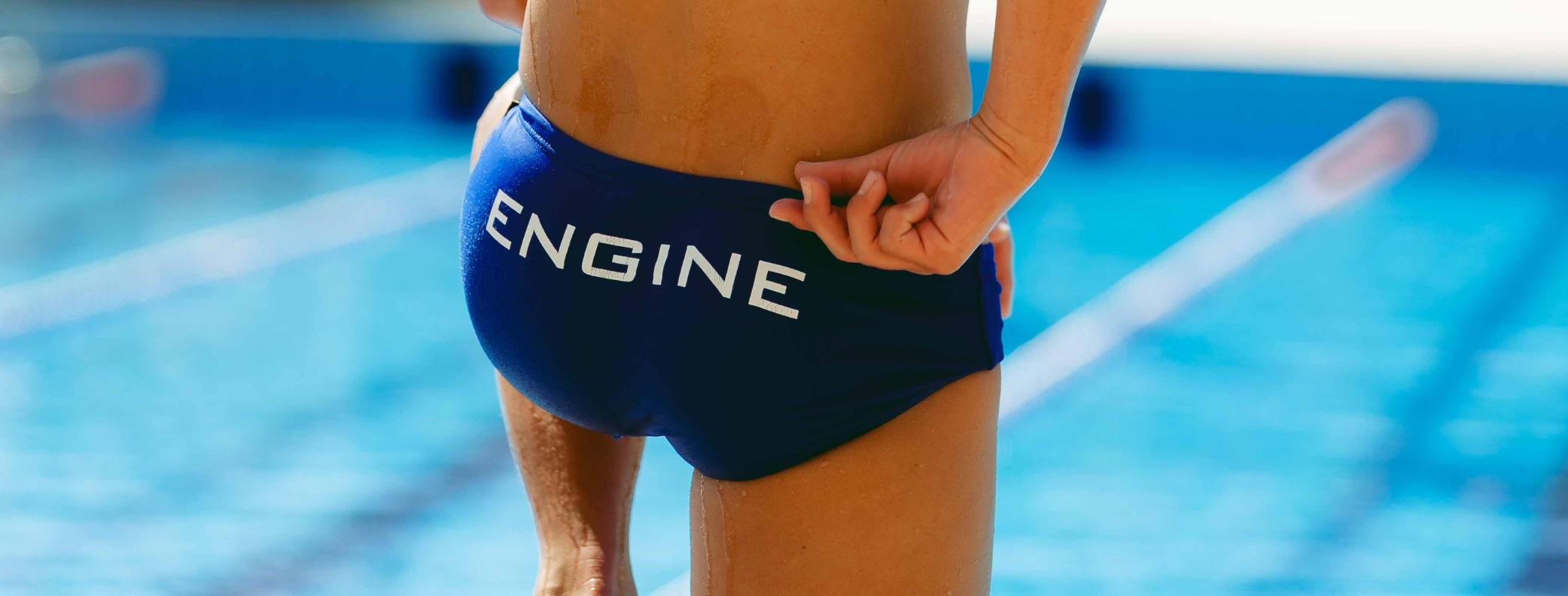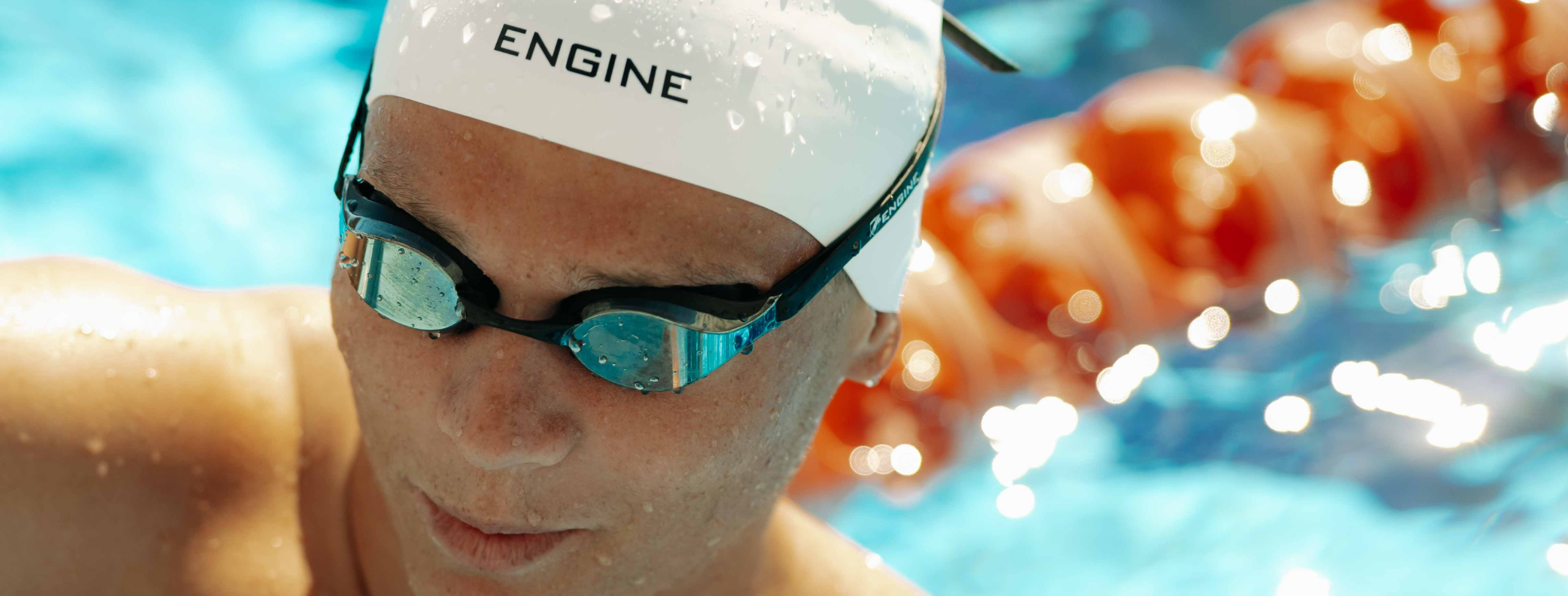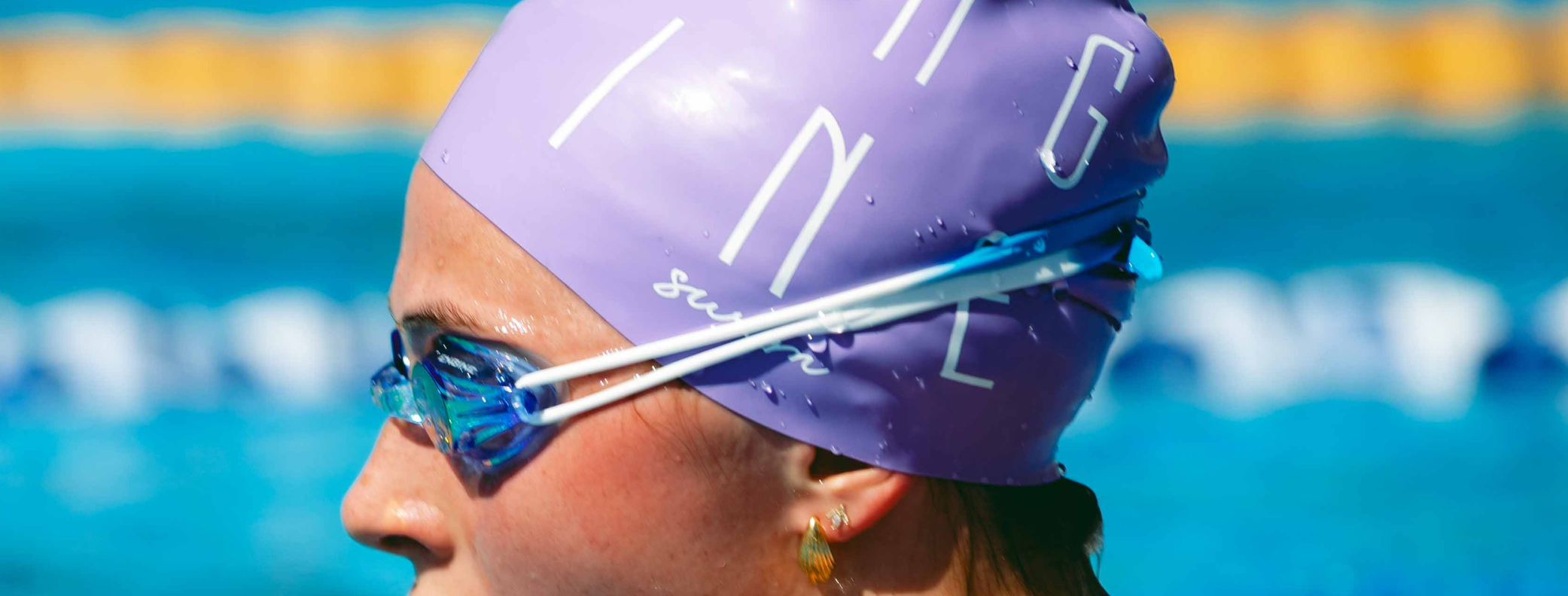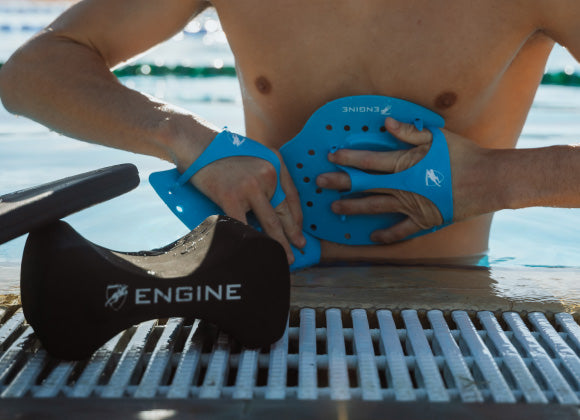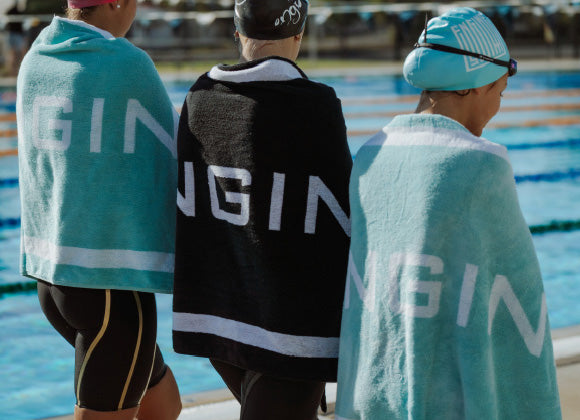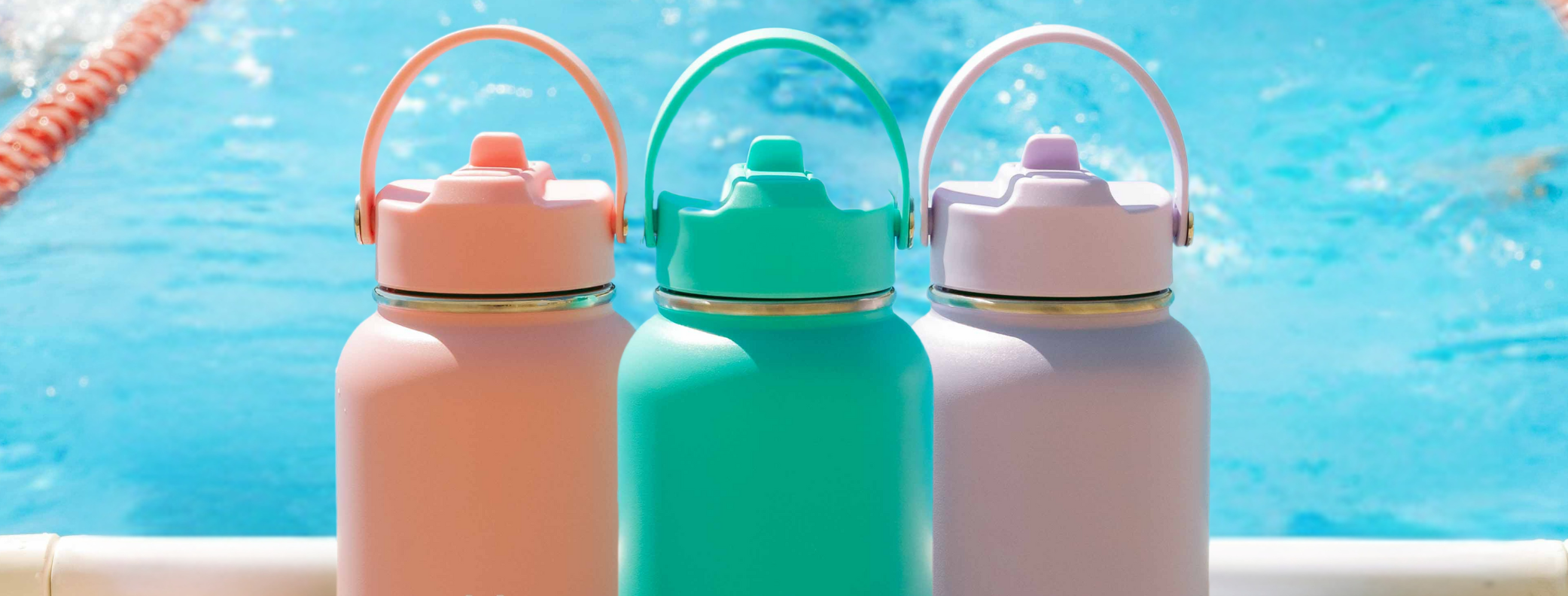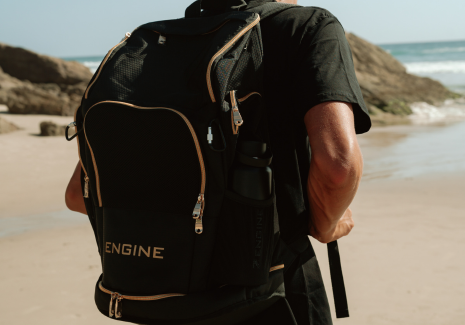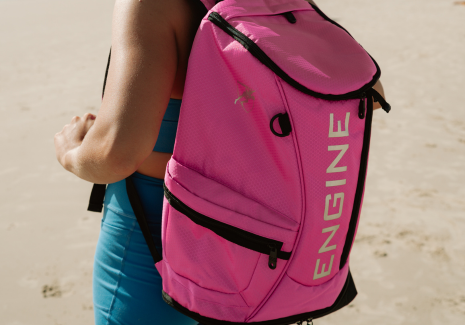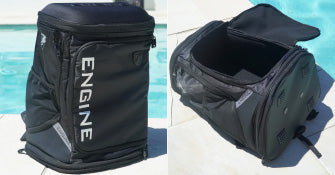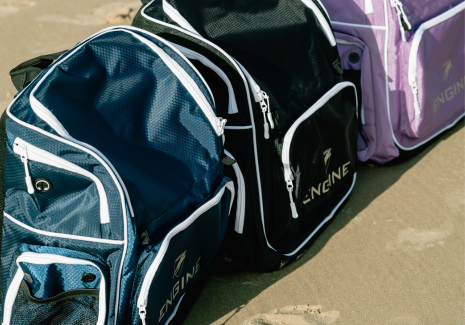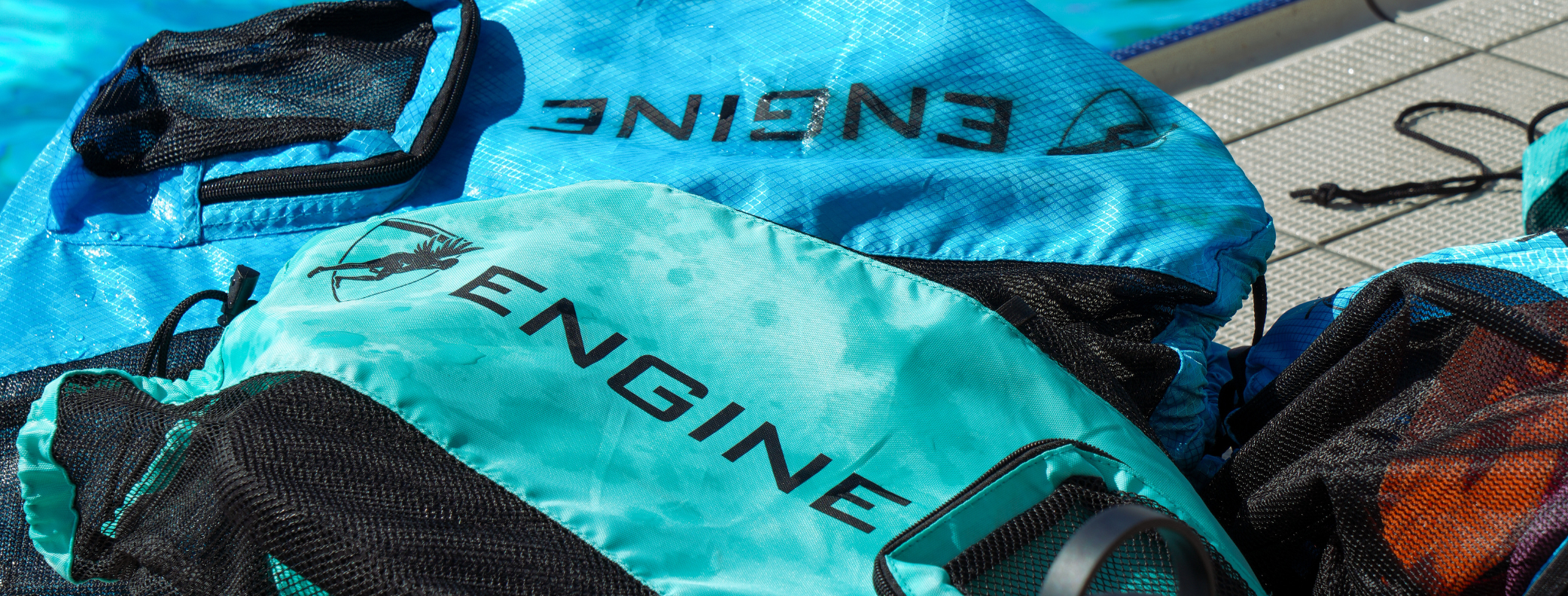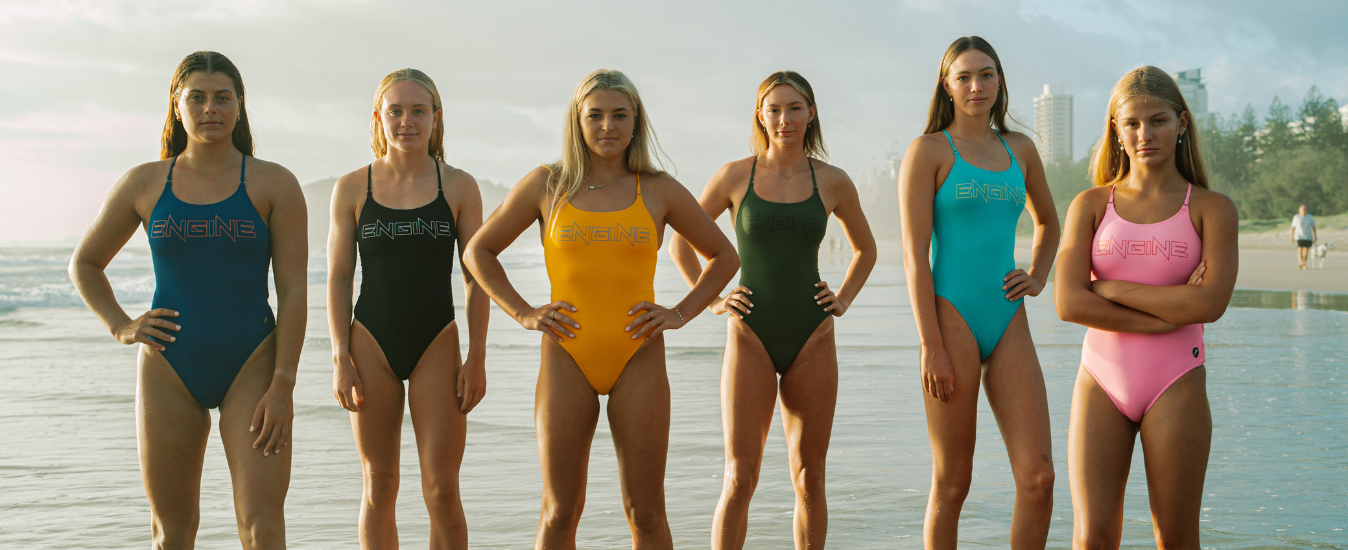Enhancing Flexibility in Young Swimmers: Science-Backed Strategies
Flexibility is a cornerstone of swimming performance, particularly for young athletes. It not only enhances stroke efficiency but also plays a crucial role in injury prevention and overall athletic development. This article delves into evidence-based flexibility exercises tailored for youth swimmers, drawing from reputable sports science sources.
The Importance of Flexibility for Swimmers
Swimming demands a combination of strength, endurance, and flexibility. Research indicates that flexibility is a significant determinant of performance in youth swimmers, influencing their ability to execute strokes effectively and reduce the risk of overuse injuries .
Early engagement in flexibility training, especially between the ages of 6 and 11, can optimise joint range of motion (ROM) increases, enhancing overall athleticism and performance in the water .
Evidence-Based Flexibility Exercises for Swimmers
1. Dynamic Arm Swings
Dynamic arm swings are effective in increasing shoulder mobility and activating upper body muscles. A study published in the Journal of Sports Science and Medicine found that dynamic stretching significantly reduced passive muscle stiffness, promoting better range of motion .
How to Perform:
-
Stand upright with feet shoulder-width apart.
-
Swing your arms forward and backward in a controlled manner.
-
Gradually increase the range of motion as the muscles warm up.
-
Perform for 30 seconds to 1 minute.
2. Leg Swings
Leg swings enhance hip flexibility and activate lower body muscles, crucial for effective kicking and streamlined body position.
How to Perform:
-
Stand next to a wall or support for balance.
-
Swing one leg forward and backward, keeping it straight.
-
Perform 10–15 swings per leg.
-
Repeat with side-to-side leg swings to target adductors and abductors.
3. Ankle Circles
Ankle flexibility is vital for efficient push-offs and streamlined body position. Ankle circles help improve dorsiflexion and plantarflexion range of motion.
How to Perform:
-
Sit on the floor with one leg extended.
-
Rotate the ankle in a circular motion, 10 times clockwise and 10 times counterclockwise.
-
Repeat with the other ankle.
4. Hip Flexor and Groin Stretches
Tight hip flexors and groins can impede stroke mechanics. Incorporating stretches targeting these areas can enhance flexibility and prevent discomfort.
How to Perform:
-
Hip Flexor Stretch: Step one foot forward into a lunge position, keeping the back leg straight and heel off the ground. Hold for 20–30 seconds and switch sides.
-
Groin Stretch: Sit with soles of the feet together and knees bent outward. Gently press knees toward the floor using elbows. Hold for 20–30 seconds.
5. Lat and Pec Stretches
Upper body flexibility, particularly in the lats and pectorals, is essential for effective stroke mechanics and shoulder health.
How to Perform:
-
Lat Stretch: Extend one arm overhead and lean to the opposite side, feeling a stretch along the side of the torso. Hold for 20–30 seconds and switch sides.
-
Pec Stretch: Stand in a doorway with arms on the frame and gently lean forward, feeling a stretch across the chest. Hold for 20–30 seconds.
Integrating Flexibility Training into Practice
For optimal results, flexibility exercises should be incorporated into both warm-up and cool-down routines:
-
Warm-Up: Begin with dynamic stretches to increase blood flow and prepare muscles for activity.
-
Cool-Down: Conclude with static stretches to promote muscle relaxation and flexibility gains.
It's essential to emphasise proper technique and gradual progression to avoid overstretching and potential injury.
Incorporating evidence-based flexibility exercises into training routines can significantly enhance the performance and well-being of young swimmers. By focusing on dynamic stretches during warm-ups and static stretches during cool-downs, athletes can improve their range of motion, reduce injury risk, and develop into more efficient swimmers. Always consult with qualified coaches or sports professionals to tailor flexibility training to individual needs and ensure safe practice.



